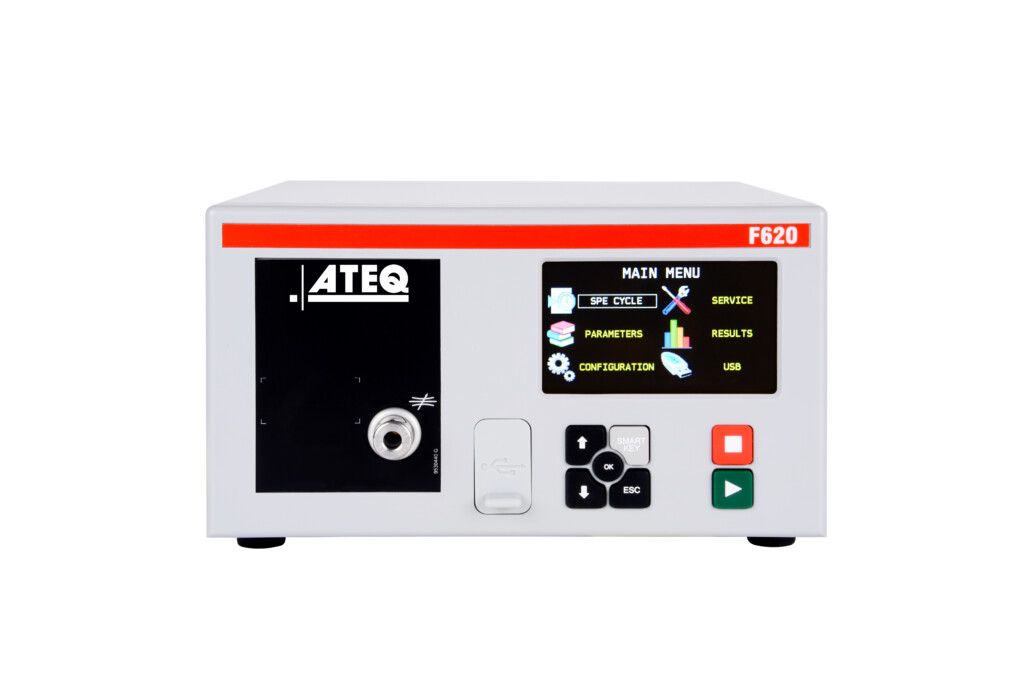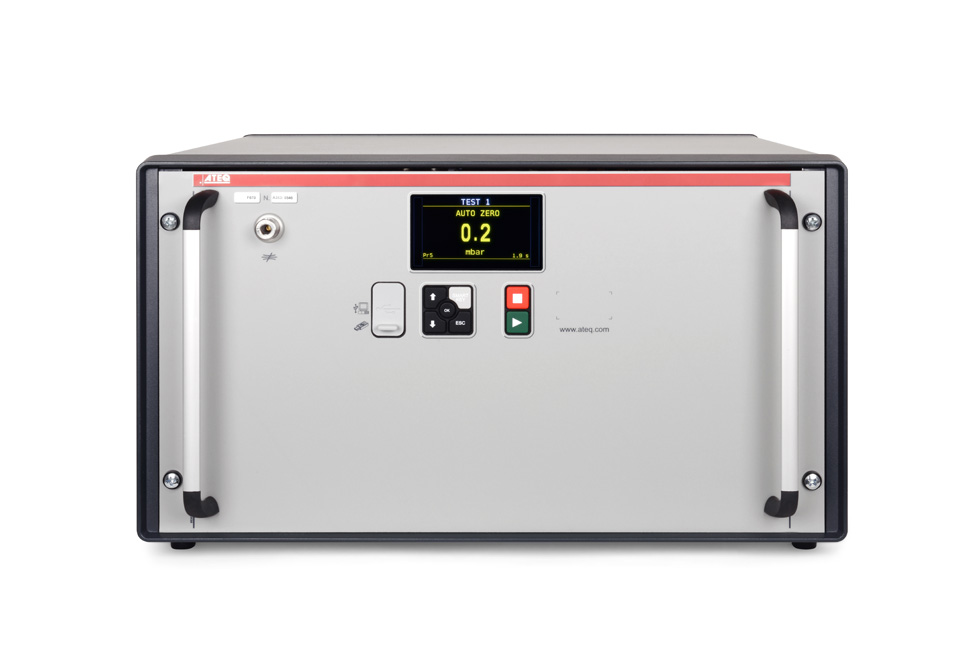EV BATTERY HOUSING LEAK TESTING SOLUTIONS
Battery Housing: The Protective Shield of EV Energy Systems
Battery housing plays a pivotal role in the safety and functionality of electric vehicles (EVs). It’s not just a container but a meticulously designed structure that safeguards the battery cells and modules from external threats, such as physical impacts, moisture, and debris. Beyond protection, the housing also plays a crucial role in thermal management, ensuring that the batteries operate within their optimal temperature range. Given the volatile nature of battery chemicals, a robust battery housing is essential to prevent potential hazards, ensuring the safety of both the vehicle and its occupants.

The Evolution and Significance of Battery Housing Design
The design and materials used in battery housing have evolved significantly with the advancement of EV technology. Early designs prioritized protection, often leading to bulkier and heavier housings. However, as the push for lighter and more energy-efficient vehicles grew, engineers began exploring materials that offered strength without compromising on weight. Innovations now include the use of reinforced composites, advanced cooling systems integrated directly into the housing, and modular designs that allow for easier maintenance and upgrades. As the EV market continues to expand, the importance of battery housing in determining vehicle performance, safety, and longevity cannot be overstated. The quest for the perfect balance between protection, weight, and thermal management remains at the forefront of EV research and development.





